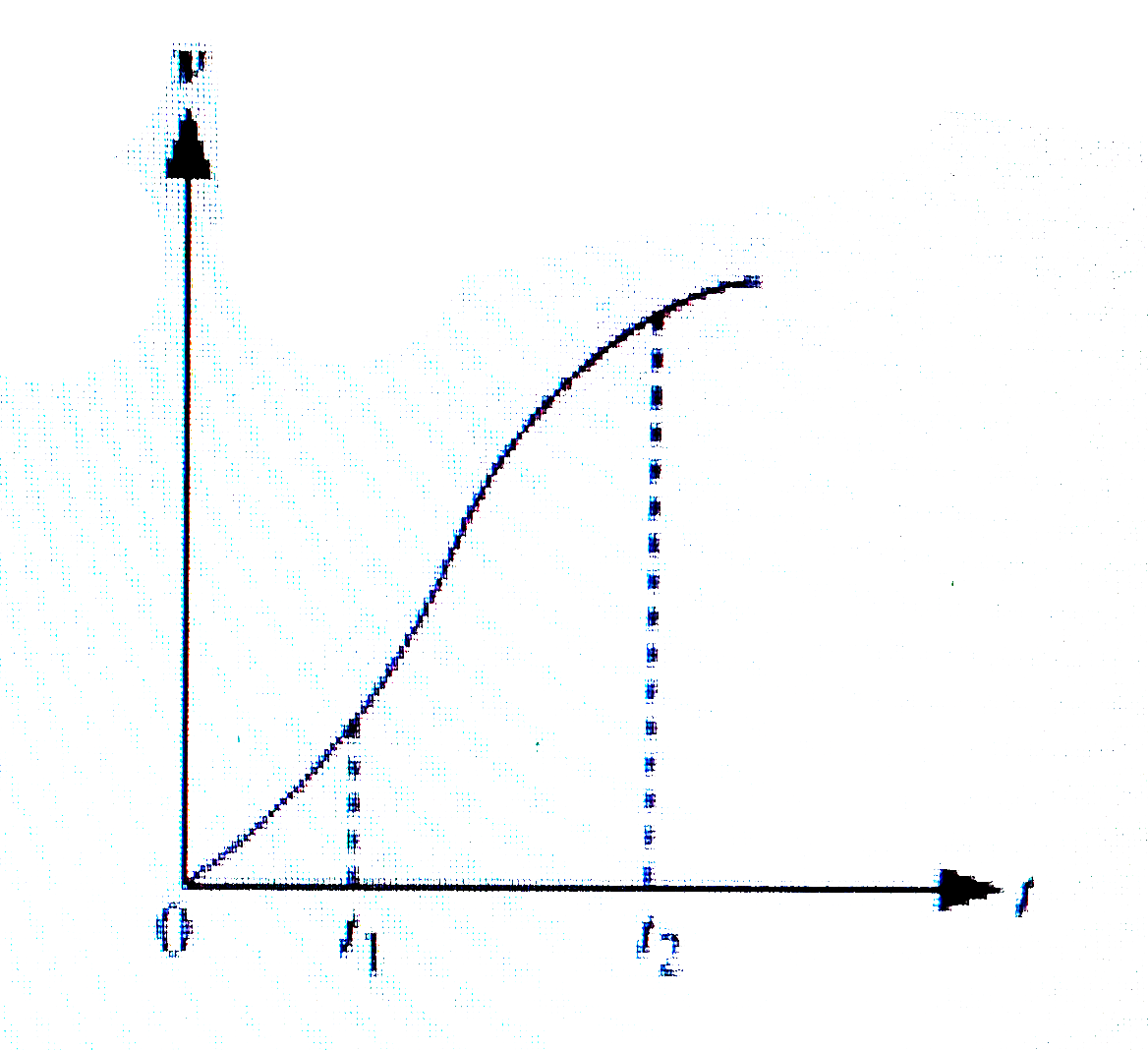For any arbitrary motion in space, which of the following relations are true :
v(t)average=v(0)+at
(The avreage' stands for average of the quantity over the time interval t1 to t2)
False, because relations hold only for uniform acceleration.
Similar Questions
Foe an arbitrary motion in sparce, which ot the following relations are true :
(a0 −−−−−−→avera≥=12[→v(t10+→v(t2)]
(b) →–––(avera≥)=[→r9t2)−→r(t−10]/(t2−t10
(c ) →v(t)=→v(0)+→at
(d) →r9t)=→r90)+→v(0)t+(1/2)→at2
(e) →aavera≥=[→v(t2)−→v(t−2)]/(t2−t1)1<br>Theavera≥standsforavera≥ofthewuantityoverthetime∫erval t_1andt2 ].
View SolutionFor any arbitrary motion in space, which of the following relations are true?
(a) vaverage=(1/2)(v(t1)+v(t2))
(b) vaverage=[r(t2)−r(t1]/(t2−t1)
(c) v(t)=v(0)+at
(d) aaverage=[v(t2)−v(t1)]/(t2−t1)
The average stands for average of the quantity over time interval t1 to t2
View Solution
Knowledge Check
Which of the following statements is correct about the average velocity of a particle?
(The average stands for average of the quantity over the time interval , t1 to t2 )A→vaverage=→v(t2)−→v(t1)2B→vaverage=→aaverage(t2−t1)C→vaverage=→v(t2)+→v(t1)2D→vaverage=→r(t2)+→r(t1)t2−t−1For any arbitrary motion in space, which of the following relations are true?
a) vaverage=(1/2)(v(t1+v(t2)
b) vaverage=[r(t2)−rt1t2−t1
v(t)=v(0)+at
d) aaverage=[v(t2)−vt1t2−t1
The average stands for average of the quantity over time interval t1 to t_(2)A→vaverage=12[→v(t1)+→v(t2)]B→vaverage=→r(t2)−→r(t1)t2−t1C→v(t)=→v(0)+→atD→r(t)=→r(0)+→v(0)t+12→at2The average value of a.c. voltge E=E0sinωt over the time interval t = 0 to t = π/ω is
A−2E0/πBE0/πC2E0πDzero
Find average speed in time interval t= 2 to t=10s
View SolutionThe velocity-time graph of a particle in one-dimensional motion is shown in Fig.:

(a) Which of the following formulae are correct for describing the motion of the particle over the time-interval t1 to t2:
(a) x(t2)=x(t1)+v(t1)(t2−t1)+(1/2)a(t2−t1)2
(b) v(t2)=v(t1)+a(t2−t1)
(c) vaverage=(x(t2)−x(t1))/(t2−t1)
(d) aaverage=(v(t2)−v(t1))/(t2−t1)
(e) x(t2)=x(t1)+vaverage(t2−t1)+(1/2)aaverage(t2−t1)2
(f) x(t2)−x(t1) = area under the v−t curve bounded by the t-axis and the dotted line shown.
View SolutionA body is moving with variable acceleartion (a) along a straight line. The average acceleration of body in time interval t1 to t2 is :-
View SolutionFor body moving with uniform acceleration a, initial and final velocities in a time interval t are u and v respectively. Then its average velocity in the time interval t is
View SolutionA body is moving with variable acceleartion (a) along a straight line. The average acceleration of body in time interval t1 to t2 is :-
View Solution
